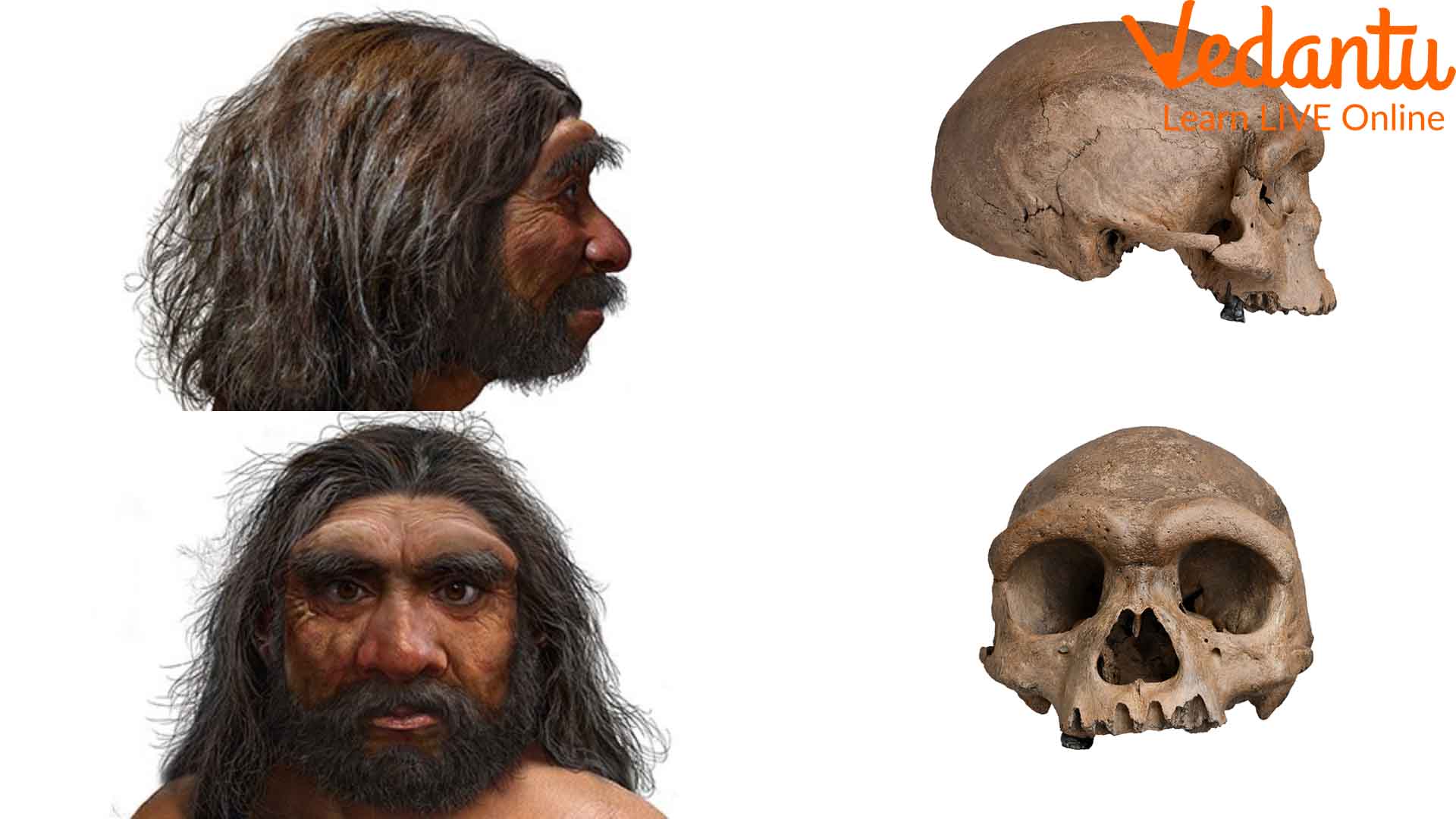Chinese Dragon Man Skull States The Closest Ancestors Of Modern Humans
Introduction
We have been studying the fossils of early men and closest apes roaming on earth millions of years ago to understand the process of evolution. We are looking for answers to map the path of evolution that let the formation of modern human beings. The discovery of the Chinese dragon man skull is one of the missing pieces that connect us with the early men.
This skull was reconstructed to find the rendered shape of a human ancestor. It came out to be stunning and resembled quite well with the contemporary humans. This is remarkable proof that depicts a new chapter in archaeology studying human evolution. Let us find out more.
The Discovery of Dragon Man
It is not what you think. We were not close relatives of dragons. The name of this fossil has been given from Dragon River, the location where it was found decades ago.
It was in Harbin, a place in the northeastern part of China in 1933. A labourer was digging close to the river and found this well-preserved skull. He hid this skull but handed it to the Hebei GEO University after 85 years. Once received, this skull was analysed for particular features for two years resulting in stunning discoveries. It was named Dragon Man. The world is waiting for the new findings.
Features of Dragon Man
To understand the surprising resemblance with modern humans, let us discuss the features of this skull that baffled the researchers.
They ran comprehensive tests following 600 parameters. It showed that this cranium of human contains exclusive features, especially in the forehead region. According to the findings, this skull belongs to a sturdy man of age 50 years. He lived in the forest developed in the floodplains in this part of China.
When compared to the modern human cranium, this species had denser eyebrows, bigger brow ridges, larger eye sockets, a wider mouth and bigger teeth. These are the typical features of early men we have studied.
As it was found in Harbin, it is named Harbin skull and cranium. When compared to the skulls of other early men or Neanderthal species, this species seems to be more evolved and more robust. It has been scientifically named Homo longi. Here, Longi means dragon in Chinese.
According to researchers, this Dragon Man human species had both primitive and modern derived features. For example, they had bigger brain and it was more developed than the primitive species. This ancient brain was compared to the modern human brain and the results were fascinating. Scientists also found that the Harbin cranium is different from that of the Homo genus species.
As mentioned earlier, scientists have restructured the features of this species and found that these humans were stronger and better than the rest of the species connected to modern human evolution. Research also suggests that they were better at tolerating extreme cold.

Dragon Man, the New Prehistoric Human Ancestor
Why is this Discovery Important?
This discovery has immense importance in the evolution of modern humans. Consider it in the language of paleoanthropology. The evolution of human beings is mapped based on the fossils found. It tells us how the apes slowly and gradually transformed into us.
Hence, the pieces of this puzzle are determined by the findings in the form of fossils. Hence, whenever a new species is discovered and identified, a new chapter of human evolution opens. These chapters eventually bridge the missing links and give us a better idea of how modern humans have developed their features from primitive apes.
In this context, the discovery of the Harbin cranium gives us a huge insight into the human skull structure of this new Homo species. The fossil was perfectly preserved by nature and the founder. Paleoanthropologists consider it the most significant discovery in the last 50 years that redefines human evolution.
The age of this fossil is estimated to be 146,000 years. The scientists from London and China studied this skull collaboratively and concluded the advent of a new species. It is thus considered another significant piece of the puzzle. This species lived in the floodplains of Northeast China and its skull resembles the Asian skull type.
According to anthropologists, there are three types of skull categorizing humans into three basic groups. These groups are Asian, African and European. Considering the features of modern Asian skulls, this species is the Neanderthal ancestors, the closest we have found.
Scientists are arguing about the species of humans that this skull type belongs. According to the different types of skull shapes, scientists are debating whether the Harbin cranium belongs to Neanderthals, Denisovans, or the ancestors of Homo sapiens.
Other Significant Discoveries in Paloeanthropology
Dragon Man is an interesting find in the modern era of paleoanthropology. Researchers in Israel have unearthed a fossil in Nesher Ramla. This fossil dates back 420,000 years. They have found excellent matching features between this new find species and the pre-Neanderthal species in Europe.
Identifying the skulls and finding the hidden evolutionary links are puzzling. Researchers are working on their respective theories to find another significant step on the human evolution ladder.
Conclusion
The new finding of Dragon Man is limited to its skull. With the new technologies for researching human bones, this well-preserved skull has revealed remarkable information. They were strong and well-built hunters and gatherers. Their skulls are thick and so were their bones depicting their robustness to tolerate extreme cold.
Modern humans are leaner than these strong ancestors. We are still to conclude whether we have evolved from this human species or not. More research will reveal more information about our closest ancestors and will define how we have evolved.







